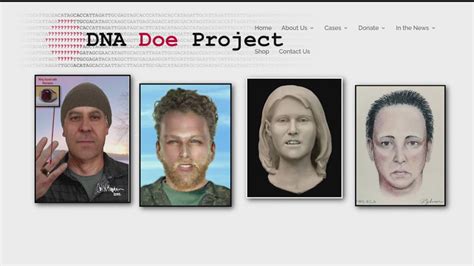The aftermath of a crime or traumatic event can be a devastating and overwhelming experience for victims and their loved ones. The road to recovery is often long and arduous, filled with emotional, physical, and psychological challenges. However, with the right support and resources, victims can begin to heal and rebuild their lives. This is where victim assistance programs come in – providing a lifeline of hope, empowerment, and guidance to those who need it most.
The Importance of Victim Assistance
Victim assistance programs are designed to provide comprehensive support to victims of crime, trauma, and abuse. These programs recognize that the impact of victimization extends far beyond the initial event, affecting not only the individual but also their family, friends, and community. By offering a range of services, including counseling, advocacy, and practical assistance, victim assistance programs help survivors navigate the complex and often daunting process of recovery.
One of the key benefits of victim assistance programs is their ability to empower survivors. By providing a safe, supportive, and non-judgmental environment, these programs enable victims to take control of their lives, make informed decisions, and regain a sense of autonomy and self-worth. This is particularly important for victims who have experienced trauma, abuse, or exploitation, as it helps to counteract the power dynamics that often characterize these crimes.
Services and Support
Victim assistance programs offer a wide range of services and support to meet the diverse needs of survivors. These may include:
- Counseling and therapy: One-on-one counseling, group therapy, and trauma-focused interventions to address emotional and psychological distress.
- Advocacy and support: Accompaniment to court proceedings, medical appointments, and other critical events, as well as ongoing support and guidance throughout the recovery process.
- Practical assistance: Help with daily living tasks, such as grocery shopping, household chores, and childcare, as well as access to basic necessities like food, clothing, and shelter.
- Information and referrals: Connecting survivors with relevant resources, services, and organizations, including law enforcement, healthcare providers, and community-based programs.
- Peer support: Opportunities to connect with other survivors, share experiences, and build a sense of community and solidarity.
Challenges and Barriers
Despite the critical importance of victim assistance programs, many survivors face significant challenges and barriers when attempting to access these services. These may include:
- Lack of awareness: Limited knowledge about available resources, eligibility criteria, and application processes.
- Stigma and shame: Fear of being judged, blamed, or ostracized by family, friends, or community members.
- Cultural and linguistic barriers: Difficulty navigating services that are not culturally sensitive or linguistically accessible.
- Geographic isolation: Limited access to services in rural or remote areas, or lack of transportation to urban centers.
- Financial constraints: Inability to afford transportation, childcare, or other expenses associated with seeking help.
Innovative Solutions and Best Practices
To address these challenges and barriers, victim assistance programs are continually evolving and adapting to meet the changing needs of survivors. Some innovative solutions and best practices include:
- Trauma-informed care: Providing services that are sensitive to the trauma experiences of survivors, and minimizing the risk of re-traumatization.
- Culturally responsive programming: Developing services that are tailored to the unique cultural, linguistic, and spiritual needs of diverse populations.
- Technology-based interventions: Leveraging digital platforms, online support groups, and mobile apps to increase access to services and reduce geographic barriers.
- Community-based initiatives: Partnering with local organizations, businesses, and community leaders to raise awareness, promote education, and foster a culture of support and empathy.
- Collaboration and coordination: Building strong relationships with law enforcement, healthcare providers, and other stakeholders to ensure seamless referrals, effective communication, and comprehensive support.
Frequently Asked Questions
What is victim assistance, and how can it help me?
+Victim assistance programs provide comprehensive support to victims of crime, trauma, and abuse. These programs offer a range of services, including counseling, advocacy, and practical assistance, to help survivors navigate the recovery process and rebuild their lives.
How do I access victim assistance services, and what are the eligibility criteria?
+Eligibility criteria for victim assistance services vary depending on the program and location. Generally, services are available to victims of crime, trauma, and abuse, as well as their family members and loved ones. To access services, contact a local victim assistance program or call a national hotline for guidance and support.
What is trauma-informed care, and how does it benefit survivors?
+Trauma-informed care is an approach to service delivery that recognizes the trauma experiences of survivors and seeks to minimize the risk of re-traumatization. This approach prioritizes safety, empowerment, and choice, and provides a supportive environment for survivors to process their experiences and heal.
Conclusion
Victim assistance programs play a vital role in empowering survivors and promoting healing, recovery, and justice. By providing comprehensive support, addressing challenges and barriers, and embracing innovative solutions and best practices, these programs help to create a safer, more compassionate, and more just society for all. As we continue to evolve and adapt to the changing needs of survivors, it is essential that we prioritize empathy, understanding, and empowerment, and work together to build a world where every individual can thrive and reach their full potential.



